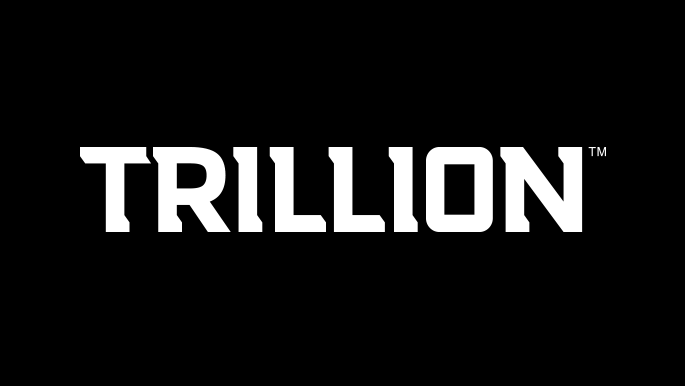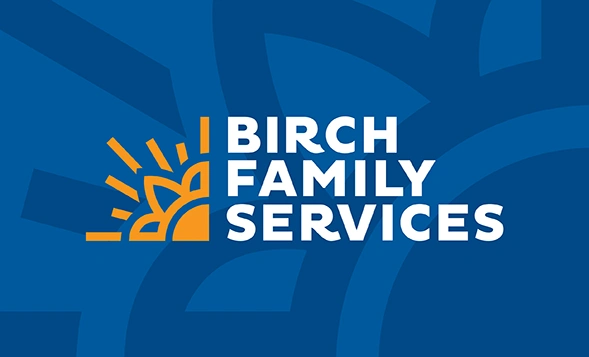Have you ever wondered, “what do the small lettered symbols that appear next to logos and slogans mean?” The ™, ®, and SM symbols are used to represent trademark, registered trademark, and service mark—important legal representations we will explain below.
Our clients often ask us to educate them on what’s involved in the trademarking process while embarking on their brand development. We are not lawyers (our lawyers made us say that) so seeking the guidance of an intellectual property (IP) attorney that specializes in patents and trademarks is essential when naming your business and to protect your brand identity. This can be complicated. Since Trillion designs logos that become registered trademarks, we will do our best to get you up to speed with the basics.
Corporations such as Target and McDonalds, or even events such as the Olympics, have extensive trademarks and service marks tied to their brands. For example, the International Olympic Committee (IOC) is notoriously protective of its brand assets. As you can imagine, millions of people are viewing the Olympics and corporations want to target those people with brand exposure and advertising. There are significant sums of money in corporate sponsorships, advertising and licensing agreements and because of this the IOC protects all aspects of its brand that have been trademarked and will go after those who use it without their approval.
The list below shows items “protected against any direct reproduction or modified uses similar enough to trigger an association with them, including translations:”
- five Olympic rings logo
- the Olympics motto of Citius, Altius, Fortius
- the Paralympic Agitos logo
- the flames
- terms including: Olympic games, Olympics and Paralympic games

What is a Trademark (™)?
A trademark, also referenced as trade mark, or trade-mark, is a recognizable sign, design, or expression which identifies and distinguishes goods or services (see below) of a particular source.
Since branding or rebranding can be an expensive endeavor for a company, the intellectual property generated during the process should be protected. Trademarking the name, logo or more makes a lot of sense and will legally prevent other companies from doing something similar. A trademark is an important factor in order to:
- Distinguish your product or service from others and prevent them from using something confusingly similar
- Indicate the source of goods and help present them as authentic
- Protect your brand nationwide (as long as business occurs in multiple states)
- License and co-brand your intellectual property or products
What Can Be Trademarked?
An original logo, symbol, phrase, word, and even a range of non-conventional elements such as color, smell or sound are all eligible to trademark.
Example of a trademarked color: Tiffany Blue
Example of a trademarked phrase: “Let’s Get Ready to Rumble!”
Businesses who have invested money into their companies branding should protect it as an asset to the business.
The ™ symbol can be used for free and without any paperwork filing, so put it on your new logo design. The ™ symbol informs the public that the logo owner is intentionally establishing “common law trademark rights” in the mark. When you do this, note the first date it was used and the first date it was used when making a business transaction. These dates are known as “first date of use” and “first date of use in commerce.” If you are looking for a higher level of protection, a “registered trademark” is what you should seek and is explained below.

What is a Registered Trademark (®)?
If you’ve ever noticed the small “R” in a circle that appears to the right of a logo, symbol or phrase, you’ve seen the registered trademark symbol. This symbol is legally stating that the mark has been registered with the U.S. Patent and Trademark Office (USPTO). The symbol may only be used AFTER the USPTO registers the mark and it gives you superior rights to use the trademark in your industry—a process that can take up to six months. The registered trademark also provides you the ability to seek damages from infringers in court due to the heavy presumption of ownership when compared to an unregistered trademark.
The costs to register a trademark range from less than $500 for a do-it-yourselfer to $1,200 and up to have an IP attorney help you with the process. The costs and fees of registering can become additionally expensive if you receive pushback from the USPTO or another company that may want to challenge your using the mark. We have needed IP attorneys to negotiate terms with a non-competing company when marks happen to fall within the same trademark classification in order to obtain the coveted ®. As a negotiating tactic, paying for the non-competing company’s legal fees is a good faith gesture and likely to be far less costly than seeking another name.

What is a Service Mark (SM)?
A service mark can be considered a subset of a trademark, except that it identifies and distinguishes the source of a service rather than goods. Service marks are often slogans or taglines. For example, a limousine company might have a service mark for “Driving VIPs in Style” which may or may not have a distinctive logo tied to it. The service mark is for promoting a service, not a product.
You can use a service mark or a trademark without registering it. However, registration protects it from issues if someone tries to use it or something confusingly similar to it.
How do You Protect a Trademark?
There are 45 different classification categories of “goods and services” to deal with when going through the process of registering a trademark. Selecting the correct and proper classification is an important reason to work with an IP attorney.
For example, classifications 1 to 34 cover goods and 35 to 45 cover services, so it’s easy to be unsure of where your company or trademark might fit in. The idea behind the classification system is to specify and limit the extension of the intellectual property right by determining which goods or services are covered by the mark. An IP attorney can help you choose a classification that makes the most sense, now and into the future, in order to provide your trademark with the most protection. While you can complete the process on your own for a few hundred dollars, based on Trillion’s experience we highly recommend hiring an experienced intellectual property attorney.
Assuming you’ve invested money in your brand, it makes sense that you protect your valuable asset by trademarking it. At Trillion, we design logos and visual brand identities for businesses and nonprofits. Partnering with an intellectual property attorney is a crucial step in order to protect your brand and creative assets. If you need help creating something original for your brand, give us a call at 908.219.4703 or just complete our contact form.








